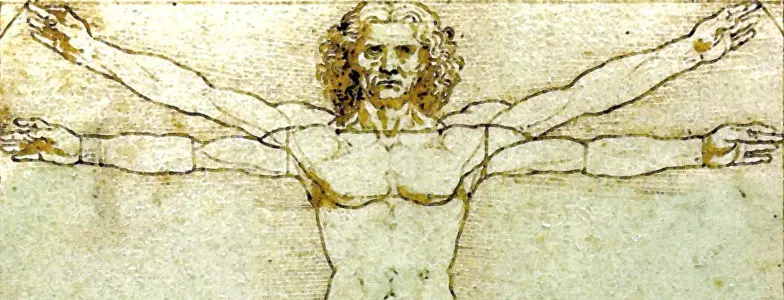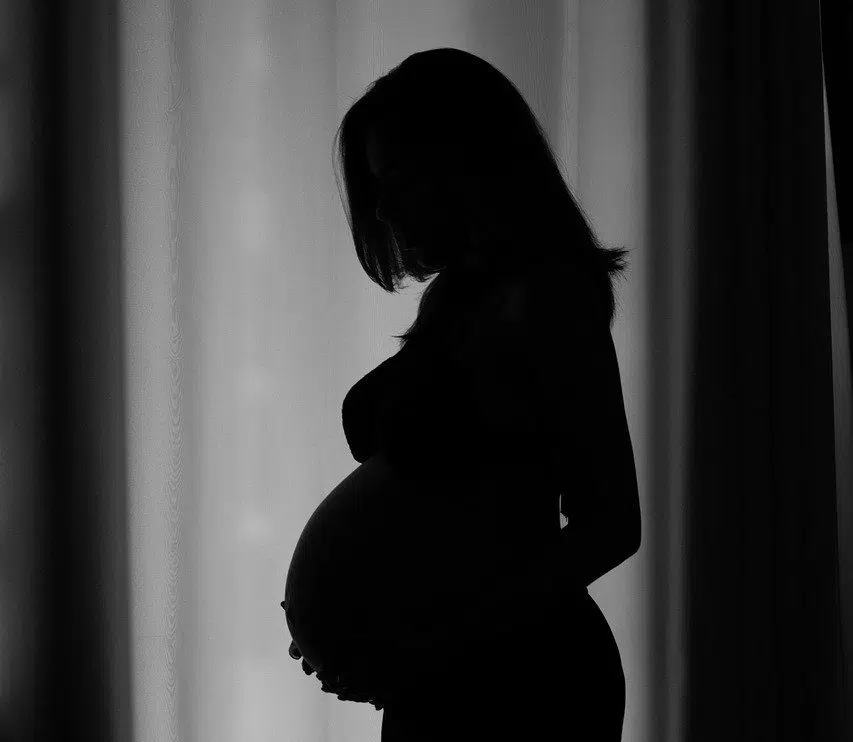Some people refer to sexual sterilization as “Catholic birth control.” This erroneous term, along with the misguided assertions of a number of well-known dissenters, has led to significant confusion regarding the Catholic Church’s teaching on sterilization.
Because it separates the marital act from the transmission of human life, sterilization is condemned on the same grounds as other methods of contraception. More generally, sterilization is a form of mutilation of the body and is thus illicit.
Consistent Church Teaching on Sterilization
The Church has judged sterilization to be a serious sin ever since it began to become popular nearly a century ago. Pope Pius XI recognized in his 1930 encyclical Casti Connubii the grave danger of sterilization for eugenics purposes — a concern that shortly became prophetic because of the rise of the Third Reich and the widespread abuse of sterilization via eugenics programs that was occurring in the United States at about the same time.
The Catholic Church considers the body to be the temple of the Holy Spirit [1 Corinthians 6:19], and thus it should be honored, protected and preserved. This means that any mutilation of the body — including extreme “body modifications,” so-called “sex-change operations” and attempts to cripple it for social reasons (including sterilization) — is to be condemned. Such mutilations “violate the integrity of the human person”1 (Evangelium Vitae ¶3, Gaudium et Spes ¶27). Direct sterilization destroys the normal and proper functioning of a body system and is thus illicit in all cases.
In his address to the Congress of Urology on October 8, 1953, Pope Pius XII outlined the specific conditions under which sterilization (or any amputation, for that matter) may be performed:
Three things condition the moral permission of a surgical operation requiring an anatomical or functional mutilation: (1) that the preservation or functioning of a particular organ provokes a serious damage or constitutes a threat to the complete organism [this is the “principle of totality”]; (2) that this damage cannot be avoided, or at least notably diminished, except by the amputation in question and that its efficacy is well assured; and (3) that it can be reasonably foreseen that the negative effect, namely, the mutilation and its consequences, will be compensated by the positive effect: exclusion of a damage to the whole organism, mitigation of the pain, etc. As far as sterilization is concerned], the conditions which would justify disposing of a part in favor of the whole in virtue of the principle of totality are lacking. It is not therefore morally permissible to operate on healthy oviducts if the life or [physical] health of the mother is not threatened by their continued existence.
Pope Paul VI’s 1968 encyclical Humanae Vitae condemned both sterilization and abortion in very clear terms:
The direct interruption of the generative process already begun, and, above all, directly willed and procured abortion, even if for therapeutic reasons, are to be absolutely excluded as licit means of regulating birth. Equally to be excluded, as the teaching authority of the Church has frequently declared, is direct sterilization, whether perpetual or temporary, whether of the man or of the woman. [¶14]
In response to a query on sterilization by the United States Conference of Catholic Bishops (USCCB), the Congregation for the Doctrine of the Faith’s statement of March 13, 1975 reaffirmed Church teaching:
Any sterilization which of itself, that is, of its own nature and condition, has the sole immediate effect of rendering the generative faculty incapable of procreation, is to be considered direct sterilization, as the term is understood in the declarations of the pontifical magisterium, especially of Pius XII. Therefore, notwithstanding any subjectively right intention of those whose actions are prompted by the care or prevention of physical or mental illness which is foreseen or feared as a result of pregnancy, such sterilization remains absolutely forbidden by the doctrine of the church.
The Catholic Church recognizes not only the evil of sterilization when performed on individual persons, but that it is a vital component of the “conspiracy against life” waged by a “Culture of Death,” especially when used for population control. Evangelium Vitae states, “It is therefore morally unacceptable to encourage, let alone impose, the use of methods such as contraception, sterilization and abortion in order to regulate births” [¶91].
The “Double Effect” and Sexual Sterilization
The Catholic Church has consistently condemned direct sexual sterilization for any reason whatever except to save the life of the man or woman. In such cases, the principle of the “double effect” may apply.
As we have seen, the Catholic Church does not permit abortion for any reason whatever, not even to save the life of the mother.
However, a fine distinction must be made in the extremely rare case where a pregnant mother’s life is directly and immediately threatened by a condition such as an ectopic pregnancy, carcinoma of the uterine cervix, or cancer of the ovary or uterus.
In such cases, under the principle of the “double effect,” attending physicians may attempt to save the life of the pregnant woman by correcting the condition. They must also do everything in their power, however, to save both the mother and the child. If the physicians decide that, in the case of an ectopic pregnancy, the mother’s life can only be saved by the removal of the Fallopian tube (and with it, the unborn baby), or by removal of some other tissue essential for the preborn baby’s life, the baby will of course die. But this is not categorized as an abortion; it is a tubectomy. The critical difference between deliberate killing (abortion) and unintentional natural death is that the intention is not to kill the child, but to save the mother.
The principle of the “double effect” also applies to sterilization. If a woman must have a hysterectomy to remove a dangerously cancerous uterus, this will result in her sterilization. Because the intent was not to sterilize, the operation is permissible because it is an indirect sterilization. The USCCB’s “Ethical and Religious Directives for Catholic Health Care Services” states, “Procedures that induce sterility are permitted when their direct effect is the cure or alleviation of a present and serious pathology and a simpler treatment is not available.”
But if the primary purpose of a surgical procedure is to sterilize, then the act is a direct sterilization and is thus considered intrinsically evil. Some dissenters claim that all sterilizations can be justified by the principle of the “double effect,” since, as they say, all “unwanted” pregnancies threaten the mother’s life in some way. This is obviously an abuse of the principle.
In other cases, the lives of a man’s or woman’s future children might be endangered by such maternal conditions as Marfan’s syndrome or pulmonary hypertension, or by genetic conditions that might be passed on by either the mother or father. A doctor might inform a patient that, under such conditions, a sterilization could be done for compelling medical reasons, and is thus an indirect sterilization. This is not true.
As Father Tad Pacholcyzk of the National Catholic Bioethics Center explains, “An indirect sterilization is a procedure that in treating an existing medical problem brings about an unintended loss of fertility in the process. … Indirect sterilizations are morally permissible whenever there is a serious pathology involved, and when the contraceptive effects are unintended.” Since sterilization does not cure hypertension, for example, a woman who chooses to have her tubes tied is being directly sterilized. The same is true of a man or woman who gets sterilized due to a fear of passing on a genetic condition to their children.
We must always keep in mind that our bodies are indeed temples of the Holy Spirit. They are gifts from God and we must not only care for them and keep them healthy, we must avoid mutilating the proper functions of our various organ systems.
Related Content
Dr. Brian Clowes has been HLI’s director of research since 1995 and is one of the most accomplished and respected intellectuals in the international pro-life movement. Best known as author of the most exhaustive pro-life informational resource volume The Facts of Life, and for his Pro-Life Basic Training Course, Brian is the author of nine books and over 500 scholarly and popular articles, and has traveled to 70 countries on six continents as a pro-life speaker, educator and trainer.














